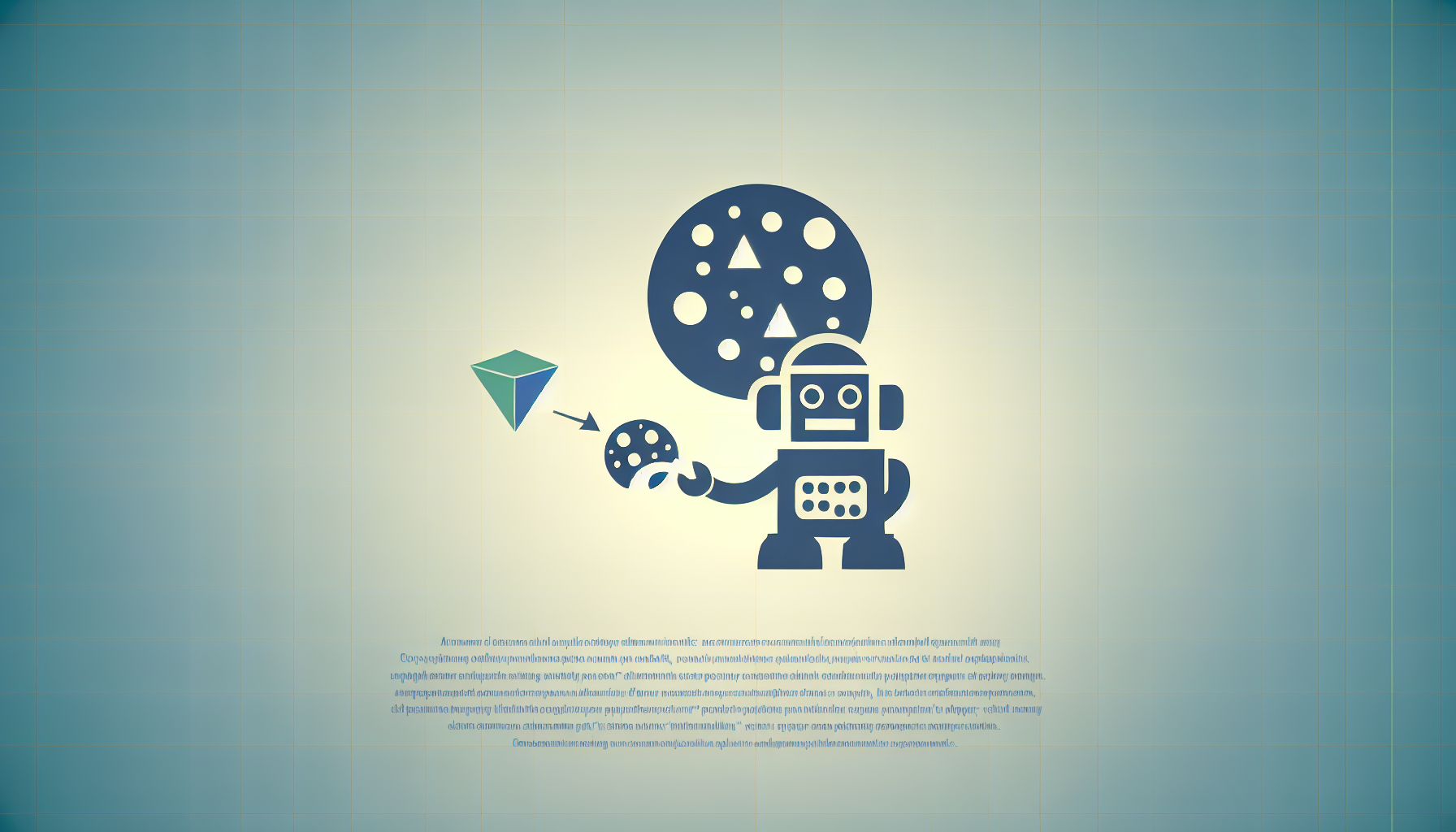Exploring the ethics of AI decision-making is a bit like trying to find out who ate the last cookie from the jar. Was it the human who programmed the cookie-eating protocol or the autonomous cookie-craving artificial intelligence that we thought was a smart home assistant? This question leads us into the vast landscape of machine accountability, an area that combines futuristic technology with age-old philosophical debates. Let’s dive into whether these silicon-based entities share our moral responsibility or if their missteps are merely artificial accidents.
The Mysterious Mechanisms of AI
To understand machine accountability, it’s essential to first peer into the enigmatic workings of artificial intelligence. At the core, AI operates through a combination of algorithms, data input, and learning models. Picture a child learning from every interaction, but instead of a human brain, there’s a complex sequence of 0s and 1s.
Modern AI can even involve deep learning and neural networks, allowing machines to process vast amounts of data and recognize patterns with surprising efficiency. But remember, like your somewhat charming yet capricious GPS, AI’s “thought” process remains opaque. When it insists that turning left into a lake is a sensible choice, we can trace the decision to a glitchy map, but we’re left wondering who’s to blame when these decisions go awry on a grander scale.
The Accountability Conundrum
The heart of the issue is simple: Can a machine be held accountable in the same way we hold humans responsible? Consider a self-driving car that gets into an accident. Do we point our fingers at the car, the engineers who programmed it, the company that marketed it, or the regulators who greenlit its usage? Blame could ping-pong like a heated game of digital tennis.
Accountability implies a certain degree of agency. A self-driving car doesn’t wake up one morning and decide to run errands or veer off its pre-programmed path. Its decisions are determined by algorithms constructed by humans. This raises the question: Is AI a tool wielded by humans, or does it exercise genuine decision-making? In the courtroom of ethical responsibility, we’ve yet to seat the right defendant.
Drawing the Line: Tool vs. Agent
Let’s apply the tool-agent framework, a philosopher’s favorite exercise involving hypothetical situations that test moral boundaries. A hammer is clearly a tool—if it accidentally builds a regrettable piece of art, the artist is to blame. Now, consider a sophisticated art-making robot that creates masterpieces or mishaps. Here, the line between tool and agent blurs.
In AI, if machines begin to exhibit levels of autonomy that resemble agency, should our ethics evolve to accommodate their new roles? This isn’t just philosophical whimsy; it’s central to developing appropriate guidelines and laws that govern the integration of AI in our societies.
Programming Morality: Bear with Us
Attempts to teach machines morality have resembled a peculiar game of teach-the-HAL-9000-manners. Researchers explore encoding ethical principles within algorithms, envisioning a kind of programmed moral compass. But morality is a construction of gray areas, not rigid codes. Cultures, situations, and countless subjective opinions shape what we consider “right” and “wrong.” How does one translate such fluid concepts into the binary language of machines?
Also, if we grant machines a moral compass—or something like it—who decides which principles they follow? The programmer’s ethics? A sociocultural cookie-cutter approach? It’s a challenge reminiscent of programming a jukebox filled with everyone’s least favorite tracks: something’s bound to go wrong.
A Collaborative Responsibility
Instead of pitching AI into an ethical hall of infamy, perhaps shared accountability offers a harmonious alternative. Just as humans rely on guidelines and laws to navigate decisions, AI should operate under a framework informed by human values, transparency, and clear responsibilities. Companies, developers, and legislators must collaborate, creating systems that ensure AI tools align with ethical standards. Imagine a joint league as we navigate these uncharted waters, preventing AI Captain Ahab from steering us towards digital disasters.
The Path Forward: Tread Lightly
In the grand story of human tech, we stand at an incredibly exciting yet daunting chapter. As we welcome AI into roles once firmly within the human domain, we should ask: How do we build an ethical framework that recognizes the intricate relationship between machine precision and human values?
One answer could be to foster an environment where humans remain in the loop, their oversight ensuring machines don’t depart from defined ethical norms. Education, transparency, and adaptability are key; understanding the magic behind AI allows for informed, ethical design and application. Simultaneously, light-hearted yet carefully crafted regulations should steer us clear of the robot rebellion conspiracy plotlines.
So, appreciate the utility your smart toaster offers, but remember: it’s as accountable as a spoon that stirs your morning coffee. True blame still rests on the shoulders of those who mold these impressive, albeit still far from morally accountable, machinations.

Leave a Reply